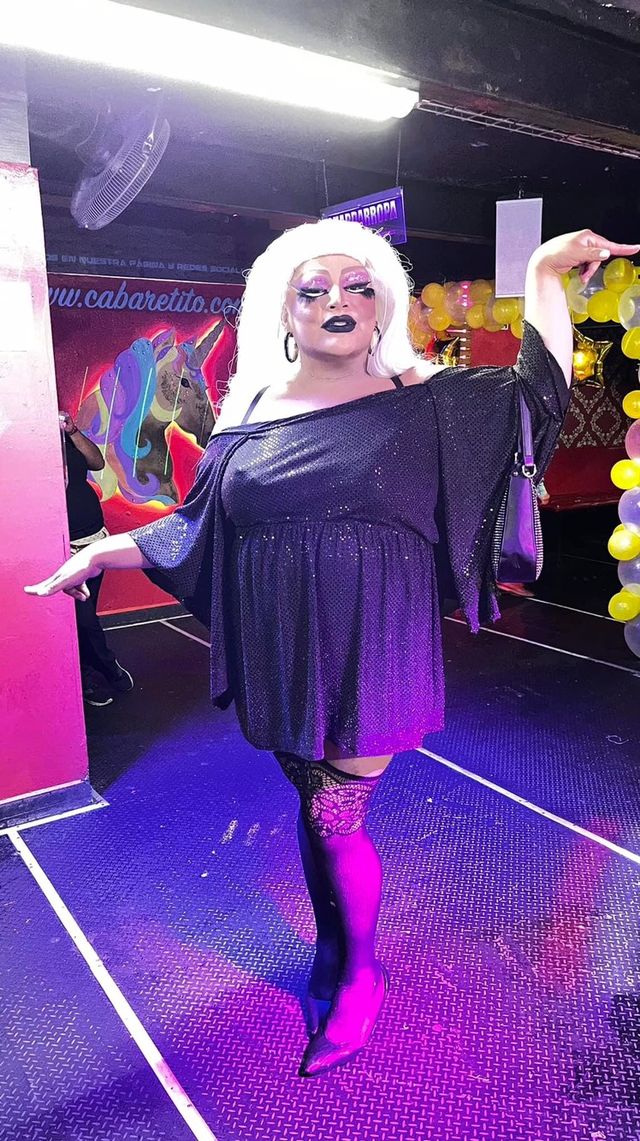
The Rise of Drag Culture in Mexico
Drag shows are no new thing in Mexico. But in recent years, the popularity of events celebrating LGBTQ+ culture has grown exponentially. In June, Mexico City’s annual Pride parade attracted a record-high 250,000 people.
While cities all across Mexico are starting to recognize Pride with bigger, more inclusive, or inaugural celebrations, Mexico’s capital remains the epicenter of a movement to make drag culture more mainstream.

One drag queen, known as Alpha Lady, has been performing for the past seven years. She recalls how the sometimes-loud and always-entertaining spectacle has changed over the last decade.
“I have been able to see how it evolves in many aspects such as style, projection, and growth,” said Alpha Lady during an interview in Spanish. “I think this expression has taken on quite a lot of force.”
But sometimes in Mexico, queer performers like Alpha Lady are met with criticism and hostility.
“At first, being very immature in the field, it was frustrating because I did not know how to react to negative situations,” said Alpha Lady. “But with the passage of time, you gain experience. Those situations become part of the show and I can handle it with intelligence and without falling into provocations that unleash a fight.”
Unfortunately, Alpha Lady has experienced these types of confrontations firsthand while in costume.
“I have known of situations of violence towards colleagues,” she said. “Not only violence but also discrimination. I think it all boils down to homophobia and machismo.”
Machismo, often defined as aggressive masculinity, can slow the acceptance of outward pride, open conversations around gender, and LGBTQ+ performers like drag queens. In Mexico, this has especially been a problem. But performers like Alpha Lady have not let it stop them from putting on their wigs and making people laugh.

“Many people raised in a macho environment tend to be deprived of freedoms, including free expression,” said Alpha Lady. “And for me, drag is just that – expression.”
Overall, Alpha Lady says people’s reactions to drag are generally the same. She says the audience can usually identify with this type of entertainment and admire the exaggeration of gestures, makeup, hairstyles, and clothing. But for Alpha Lady, drag is much more than just a show.
“In many cases, it is a form of therapy,” said Alpha Lady. “For others, it becomes our main source of work.”
Lady Santa, another Mexico City performer, has been in the spotlight for about three years and considers herself a “baby drag.” She said while machismo still exists in Mexican culture today, she thinks it is decreasing little by little.
Meanwhile, Lady Santa says it is painful to watch the heterosexual population laugh and ridicule her colleagues. She says the aggressive behavior towards her fellow drag queens many times goes unpunished.
Lady Santa also noted that drag culture can be different in every Latin American country, especially depending on the popular music in that area. But there is one thing she said all drag queens have in common.
“What unites us is the love for the stage,” said Lady Santa.


The biggest change she has observed over the last few years is how stage makeup looks have become more “polished.” Lady Santa also believes shows such as RuPaul’s Drag Race and La Más Draga have contributed to the rising number of drag queens.
“The new school drags are getting better and better,” she said. “Although the old school is, and will always be, the great mother of drag art.”
Regardless of the pushback, they have witnessed, Alpha Lady and Lady Santa agree that drag culture in Mexico is here to stay.
“Drag will continue to gain strength,” said Alpha Lady. “It is constantly evolving, and I would dare to say that it is not a passing fad.”




